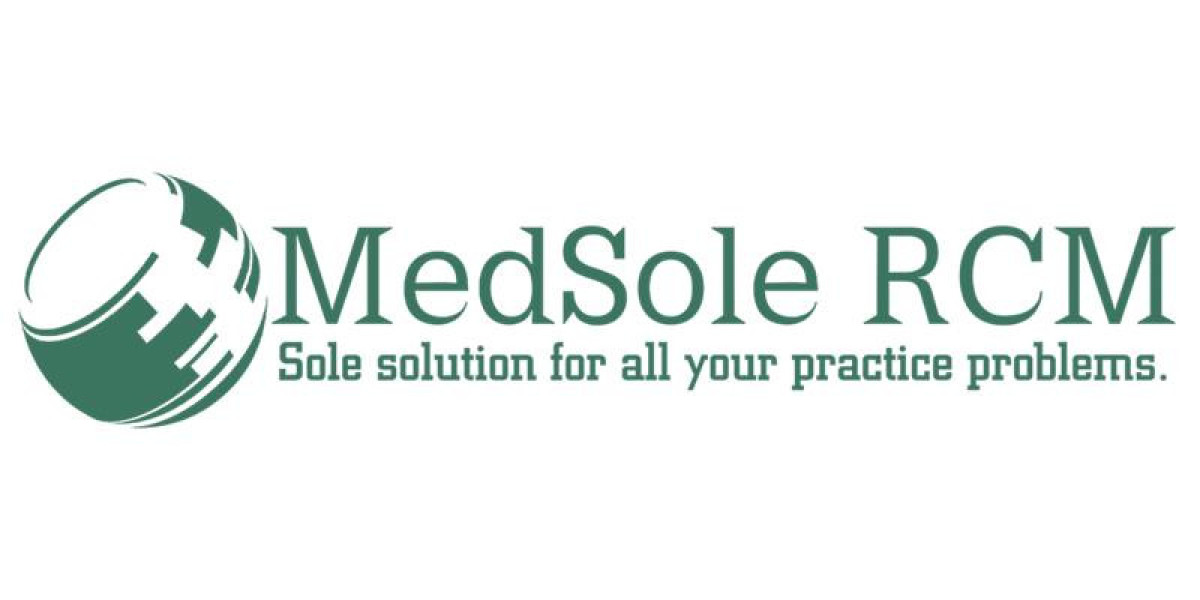In the health insurance sector, the term Pre-Authorization (Pre-Auth) form plays a crucial role in hassle-free claim settlement. When you’re admitted to a hospital or require planned treatment, your insurer needs prior approval before covering the expenses. This process begins with submitting a Pre-Auth Form — a vital step that ensures your claim is processed smoothly and promptly.
What is a Pre-Auth Form?
A Pre-Auth Form is a document submitted by the hospital to the insurance company or Third-Party Administrator (TPA) before a planned medical procedure or hospitalisation. It’s essentially a request for approval of medical expenses under your insurance policy. Also, learn what is TPA in Insurance.
This form contains key information such as:
Patient’s personal and policy details
Diagnosis and proposed treatment
Estimated cost of treatment
Hospital and doctor details
Once received, the insurance company reviews the form and decides whether the treatment is covered under your policy.
Purpose of a Pre-Auth Form
The main goal of a Pre-Auth Form is to ensure transparency between the hospital, policyholder, and insurance provider. It helps:
Verify whether the treatment is covered by the insurance plan
Avoid claim rejection or delay later
Simplify the cashless claim process
Provide the insurer a cost estimate before treatment
How the Pre-Authorization Process Works
Hospital Admission: When a patient is admitted, the hospital’s insurance desk fills and submits the Pre-Auth Form to the insurer or TPA.
Verification: The insurer verifies policy details, coverage, and medical necessity.
Approval or Query: Based on evaluation, the insurer either approves, queries, or declines the pre-auth request.
Cashless Treatment: Once approved, the hospital receives a confirmation letter, and the patient can avail of cashless treatment without paying upfront (except for non-covered expenses).
Documents Required for Pre-Auth
To process a Pre-Auth request, hospitals or patients typically need to submit:
Copy of health insurance ID card or policy document
Doctor’s prescription and diagnosis
Detailed estimate of expenses
Admission note or treatment plan
Types of Pre-Auth Requests
Planned Hospitalisation: For scheduled surgeries or treatments (e.g., knee replacement, cataract surgery).
Emergency Hospitalisation: In urgent cases, hospitals must send the Pre-Auth Form within 24 hours of admission.
Why the Pre-Auth Form Matters
Submitting a Pre-Auth Form ensures:
Quick approval for cashless treatment
Reduced financial stress during emergencies
Lower claim rejections as the insurer pre-verifies your coverage
Seamless coordination between patient, hospital, and insurer
Conclusion
A Pre-Auth Form is the first step toward a smooth, cashless insurance claim experience. Whether it’s a planned or emergency treatment, submitting this form promptly ensures faster approval and stress-free hospitalisation. Always keep your insurance details handy and inform the hospital about your insurer or TPA at the time of admission.







